
Mother’s Garden in Georgia – Early Spring
The Power of Beauty
Magnolias, Daffodils and More
Before we look at these magnificent harbingers of spring let us contemplate what Mother has written about discovering the significances of flowers. We reproduce below Her comment in Her hand.

Lorsqu'on est en rapport conscient avec son propre être psychique on s'aperçoit qu'il y a un psychique impersonnel derrière toute la création et alors à traverrs lui on peut entrer en rapport avec les fleurs et savoir la prière psychique qu'elle(s) représente(nt).
When one is consciously in contact with one's psychic one becomes aware that there is an impersonal psychic behind the whole creation and then through it one can enter into (establish a) contactwith flowers and know which psychic prayer each one represents.
Although this article has just begun I find that I must digress for a moment because today I planted one of the most special plants in the world. Why is it so special, especially to me? Well, in 1971 into early 1972 I was blessed to be able to introduce many new plants for the Matrimandir Gardens and send them to Mother through Tara. Mother delighted in seeing them and gave names for some 50-80 different flowers. I will write about this in a chapter at a later date. But the annual plant I planted gently in Mother’s Garden today holds a world of meaning for me and I think it will be so for many others.
The plant is Lobelia erinus and the moment Mother revealed its significance a quiet joy accompanied by gratitude descended in me. Note the colour of the flower. This is the one I sent to Mother and it is clearly Sri Aurobindo’s blue, not the one that is commonly pictured. It is also the blue that most often represents Krishna. The correct name of this cultivar is Lobelia erinus ‘Cambridge Blue’.

Remembrance of Sri Aurobindo

Let us strive to realise the ideal of life He has set before us.
This beautiful Lobelia is a low growing annual well suited for hanging baskets and borders. An annual is a plant that completes its life cycle from seed to flower and then to seed in one season or in certain instances, in one year. Remembrance of Sri Aurobindo prefers partial shade to full sun but is a cool climate plant and does best in a moist soil with good drainage. Lobelia will bloom in eight weeks from seed but in south India it is best grown only in the winter months.

Now to the first signs of Spring emerging from the thawing ground. I planted thousands of narcissus (daffodils) and estimate that now there are probably 10,000-20,000 as the bulbs have increased over many years.
All daffodils except one are Power of Beauty and that one, the Poet’s narcissus, Narcissus poeticus, also known as the ‘Pheasant’s Eye has been given the significance Beauty Aspiring for the Supramental Realisation.

Beauty Aspiring for the Supramental Realisation.
Narcissus poeticus, ‘Poet’s Narcissus or ‘Pheasant’s Eye’
Here is Mother’s comment in Her hand.

Beauty is no longer sufficient unto itself; it wants to become divine.
Beauty is the soul's delight perfectly articulate and organised.
Nolini Kanta Gupta

Thousands of daffodils with magnolias – Early Spring in Mother’s Garden
I Wandered Lonely As A Cloud
I wandered lonely as a cloud
That floats on high o'er vales and hills,
When all at once I saw a crowd,
A host, of golden daffodils;
Beside the lake, beneath the trees,
Fluttering and dancing in the breeze.
Continuous as the stars that shine
And twinkle on the milky way,
They stretched in never-ending line
Along the margin of a bay:
Ten thousand saw I at a glance,
Tossing their heads in sprightly dance.
The waves beside them danced; but they
Out-did the sparkling waves in glee:
A poet could not but be gay,
In such a jocund company:
I gazed---and gazed---but little thought
What wealth the show to me had brought:
For oft, when on my couch I lie
In vacant or in pensive mood,
They flash upon that inward eye
Which is the bliss of solitude;
And then my heart with pleasure fills,
And dances with the daffodils.
William Wordsworth

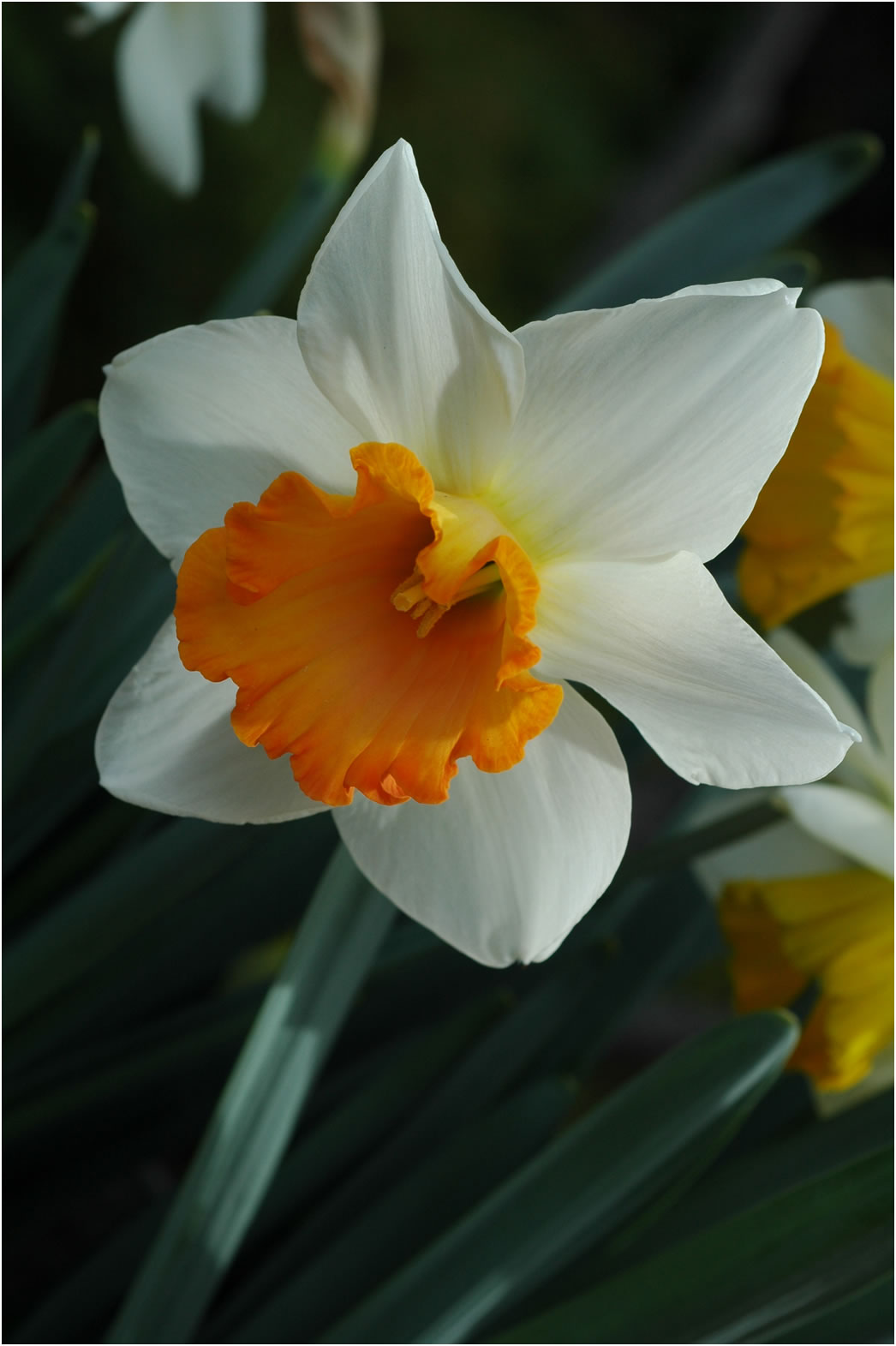
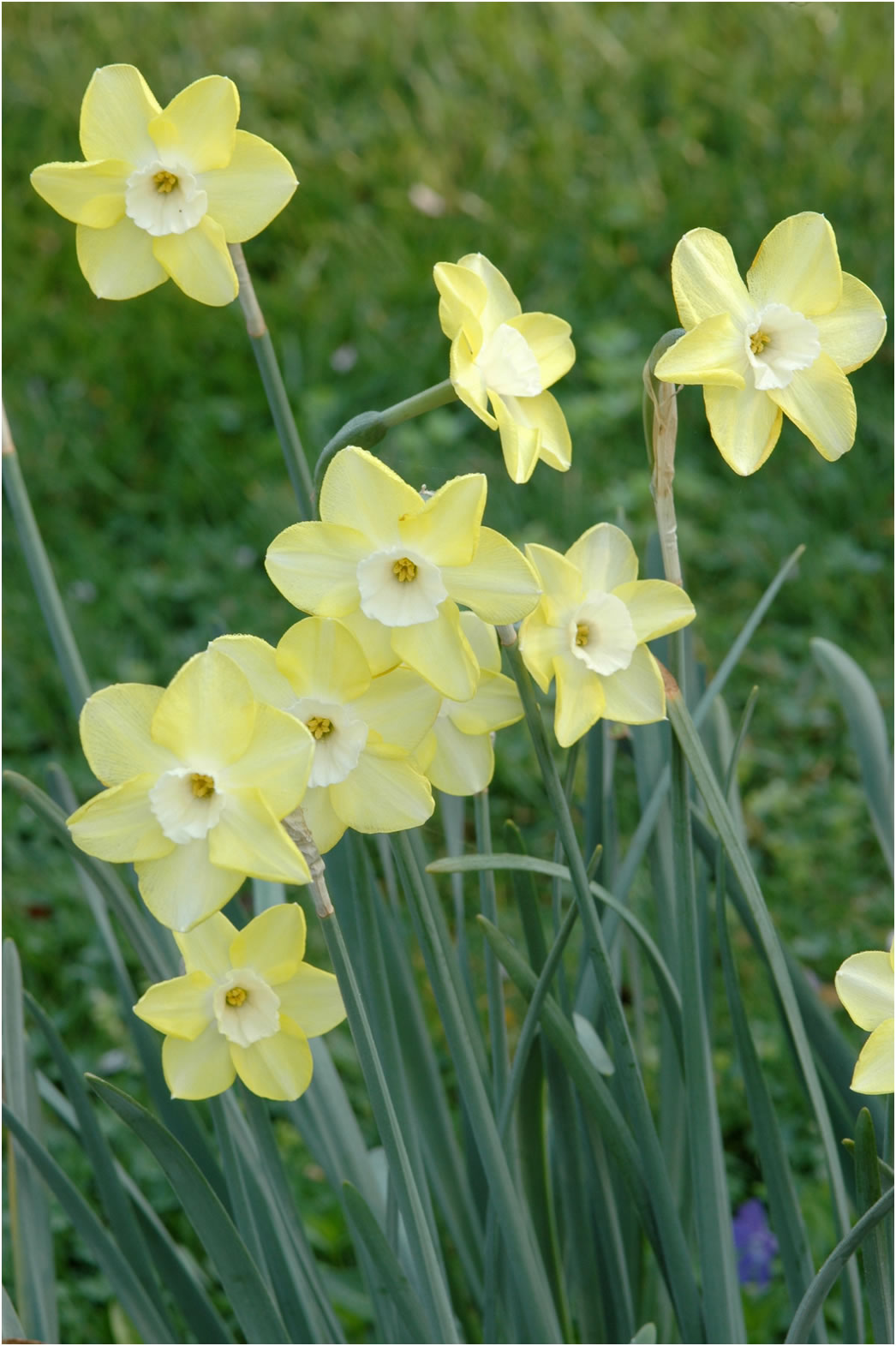











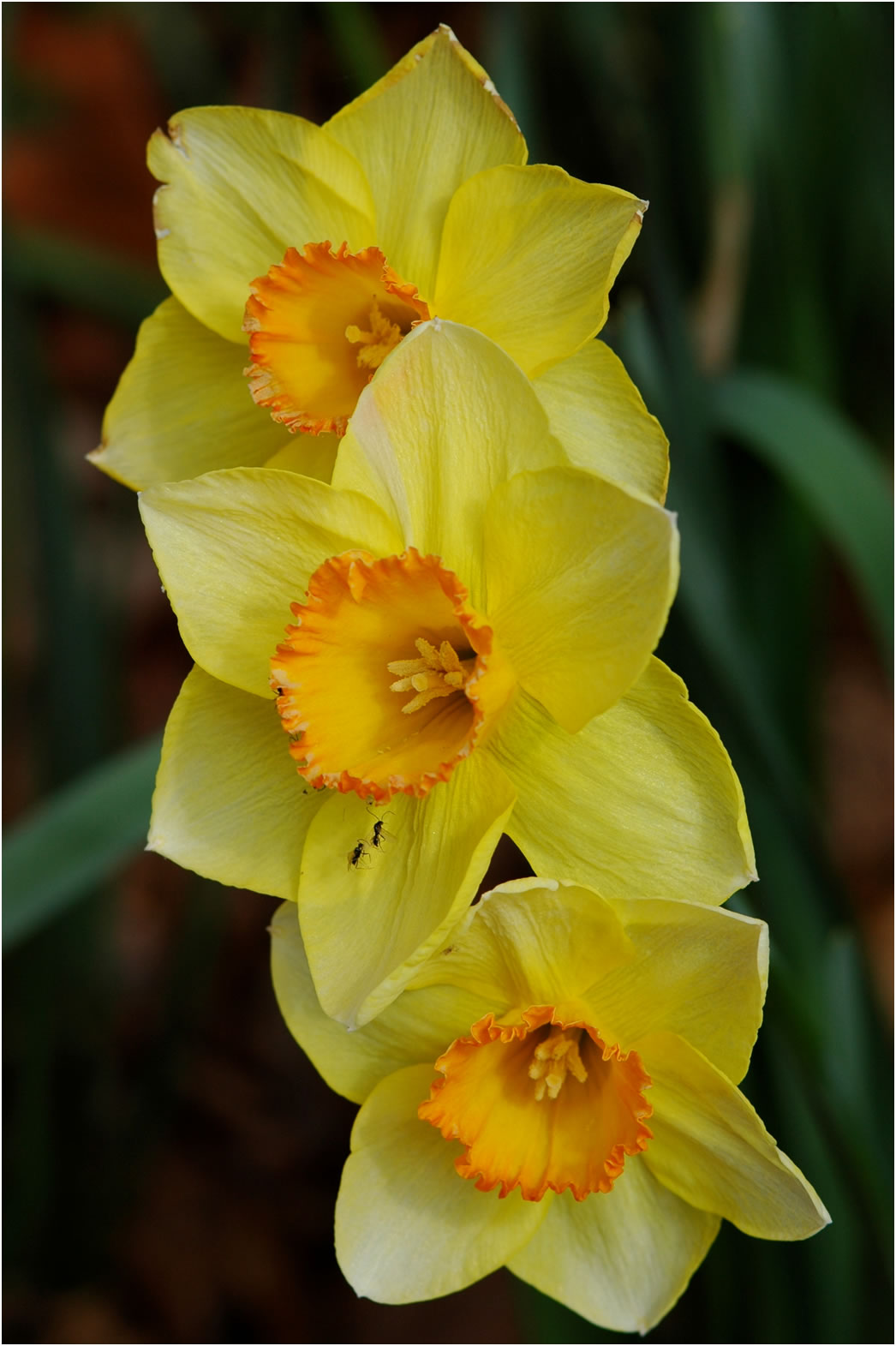

There is a majesty and regal beauty to the magnolias and they are the perfect over story to the carpet of daffodils that grace the earth each spring.
Here are some of the hybrids in Mother’s Garden. These are cultivars of M. soulangeana, the ‘Cup and Saucer magnolia and Magnolia stellata.

Planted more than ten years ago these are now magnificent specimens gracing the landscape with their crowns of beauty.


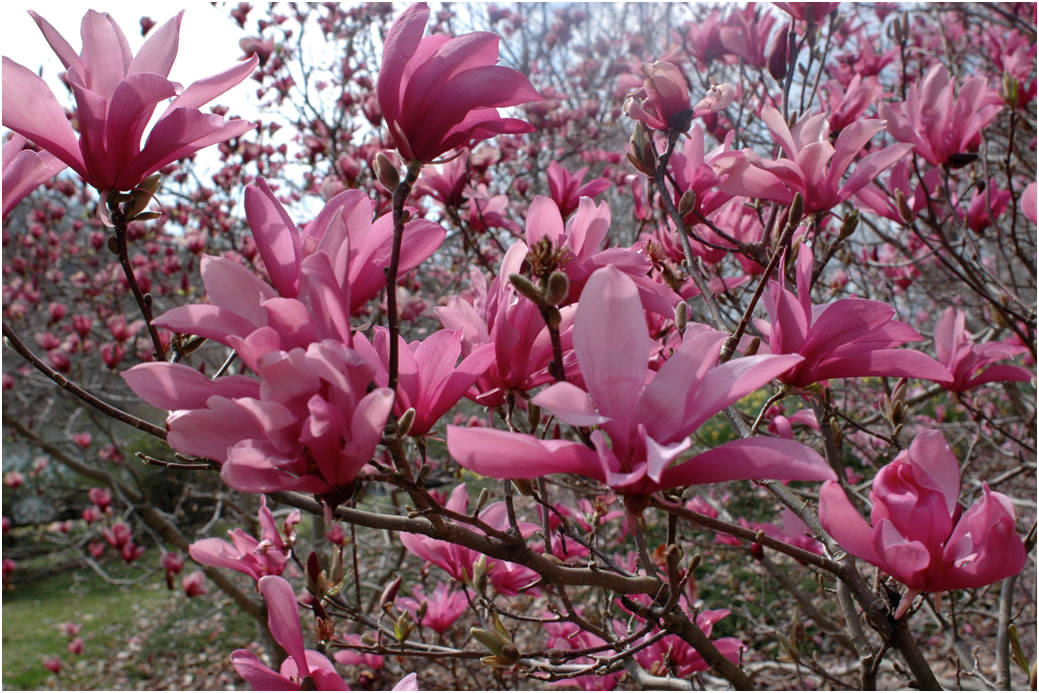
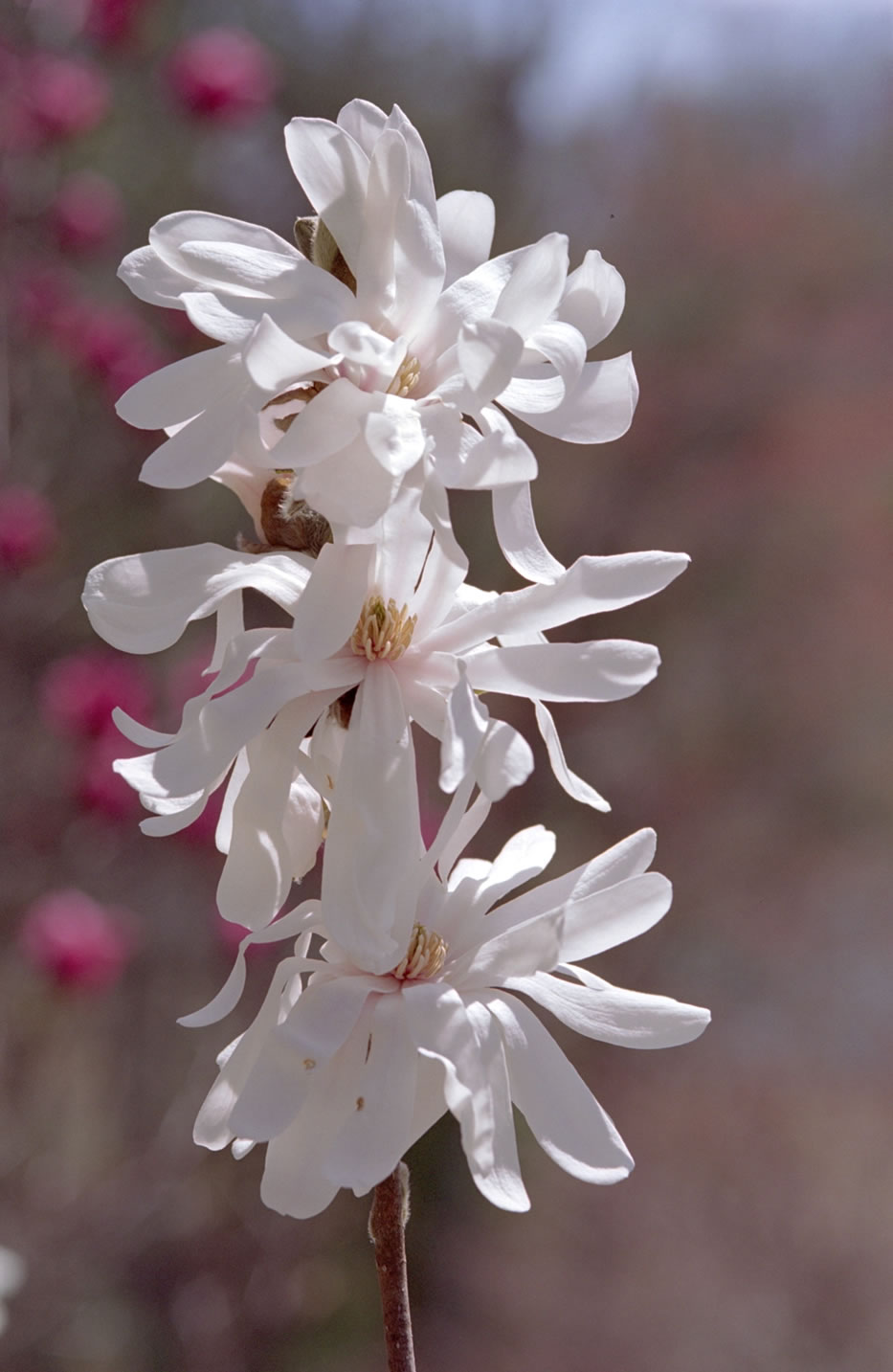
Magnolia stellata – The Star Magnolia
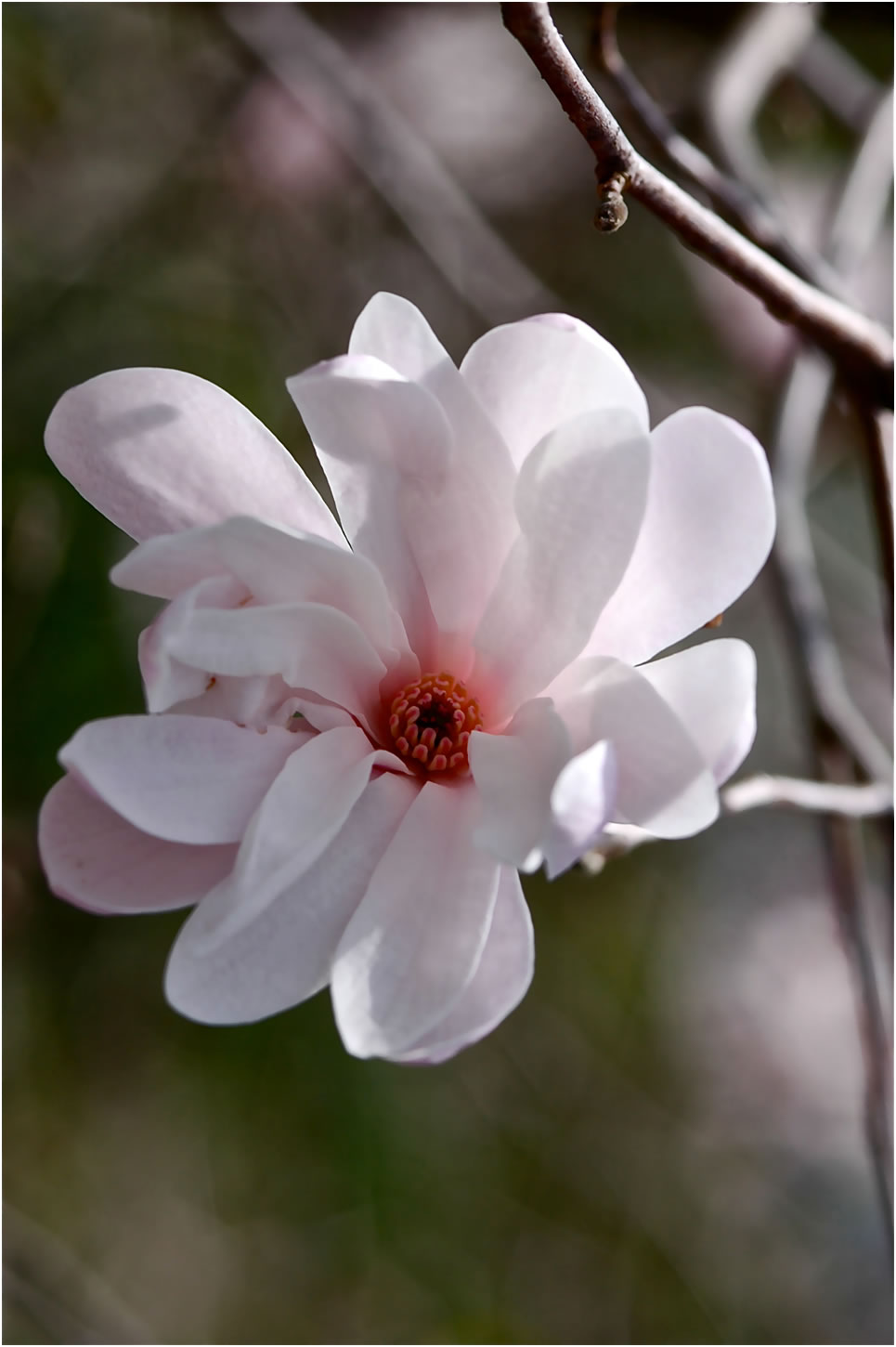
Magnolia stellata – The Star Magnolia – Pink Form
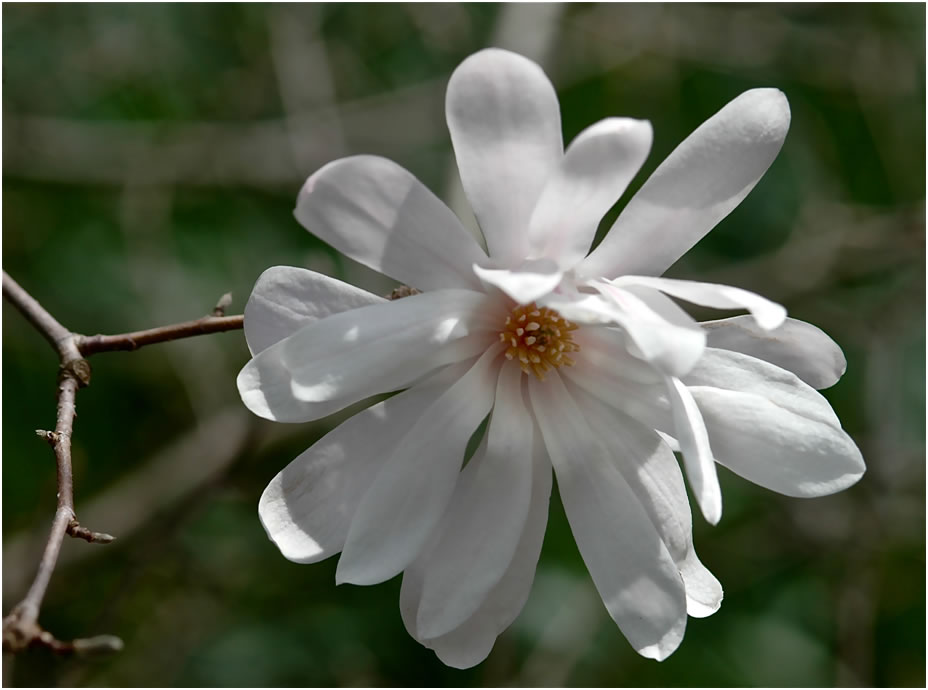
Magnolia stellata ‘Water Lily’
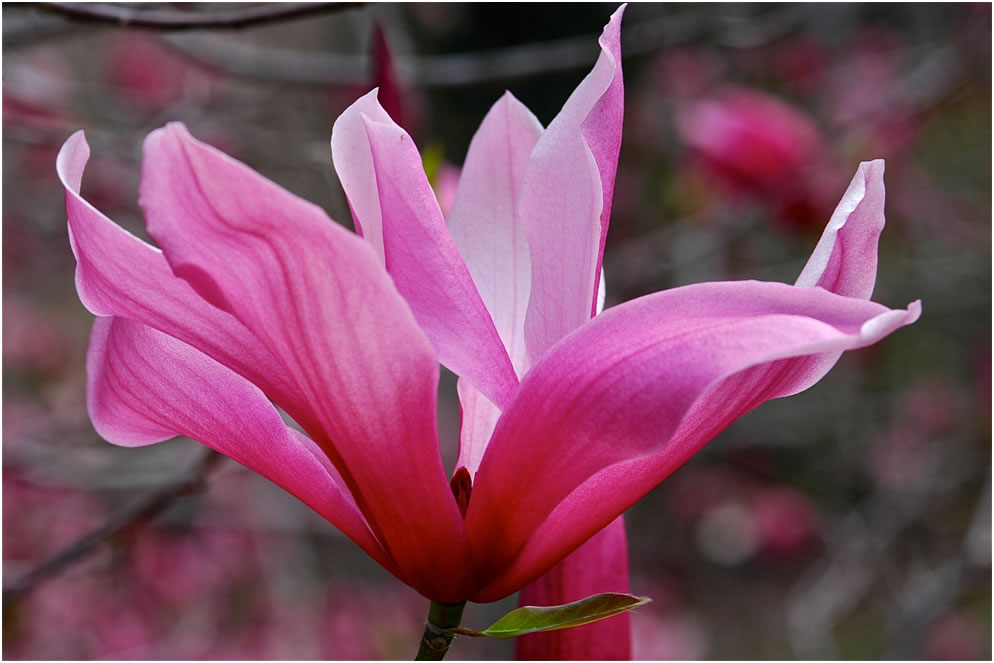
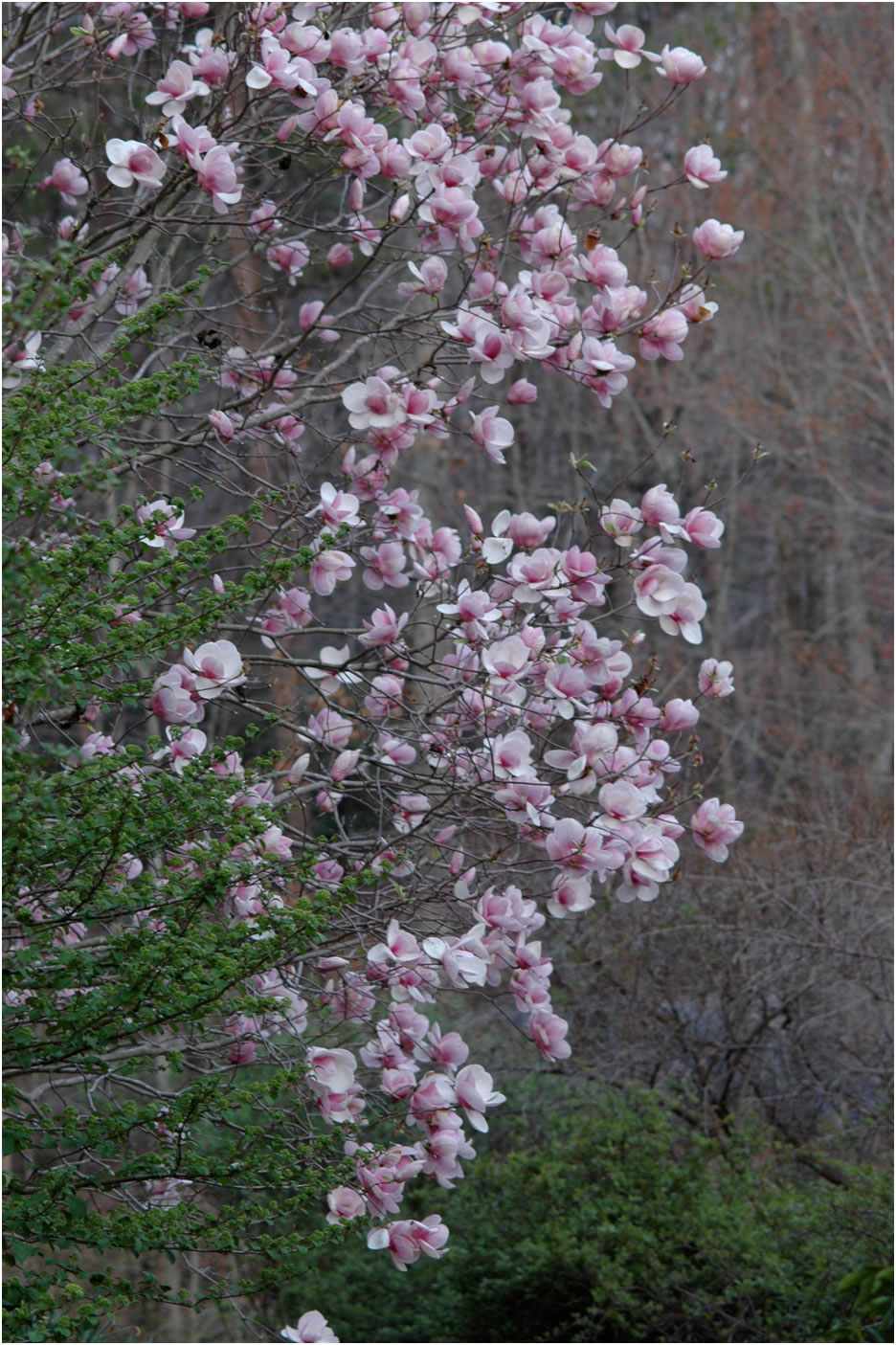
Magnolia ‘Pink Goblet’ with its profusion of 6” blooms.
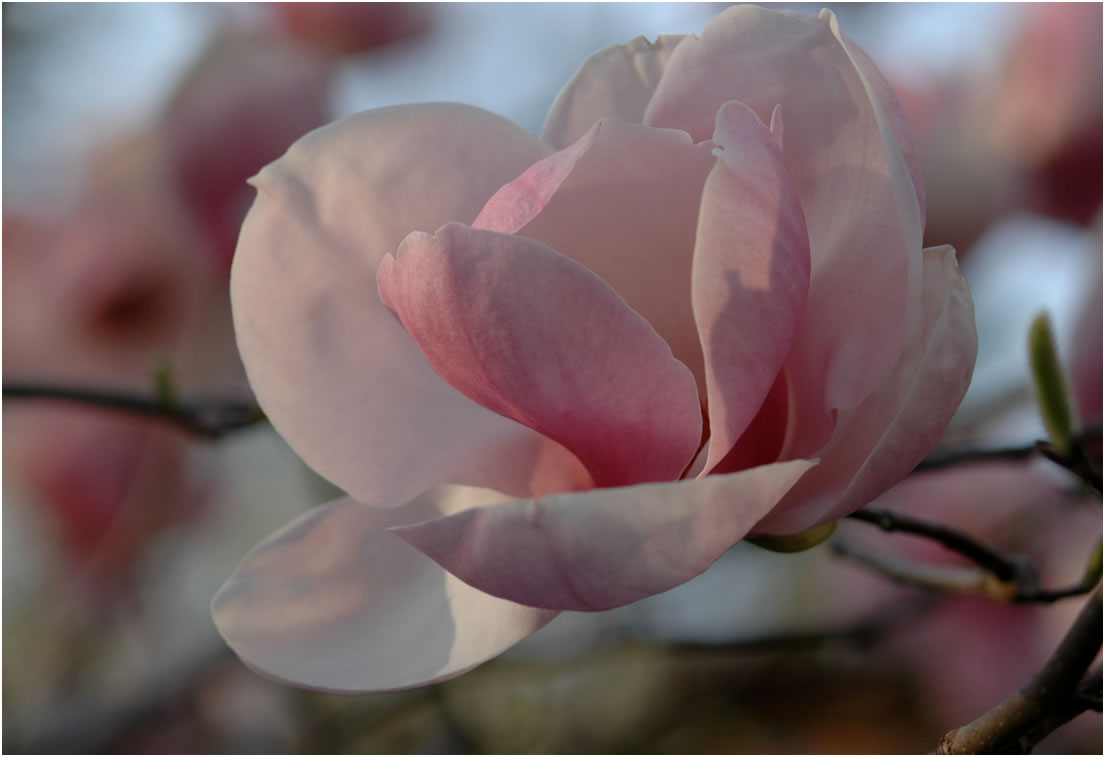
‘Pink Goblet’ – Close-up early morning

‘Pink Goblet’ – in the late afternoon sun
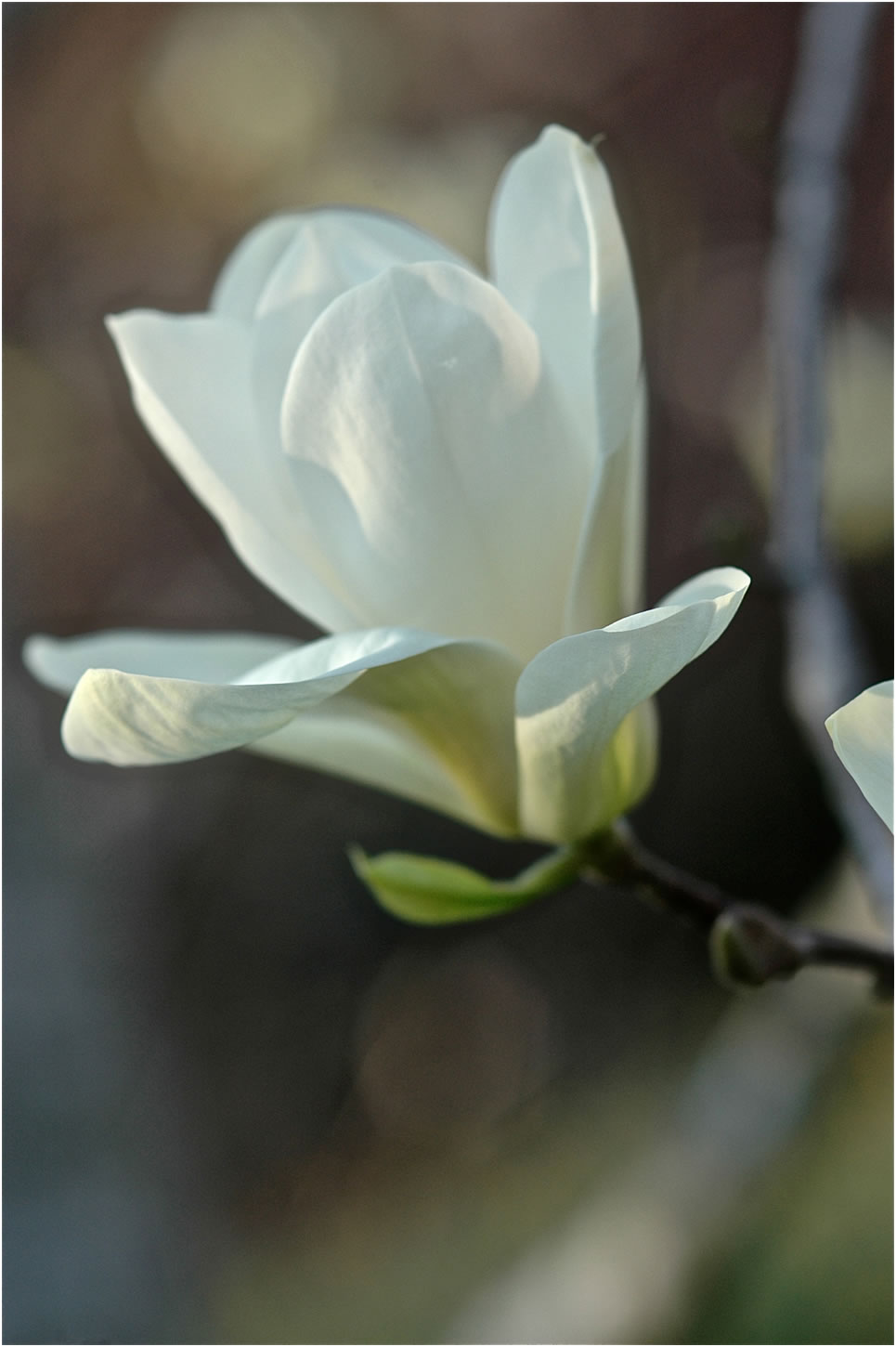
Magnolia ‘Ivory Chalice’ in the early morning sun
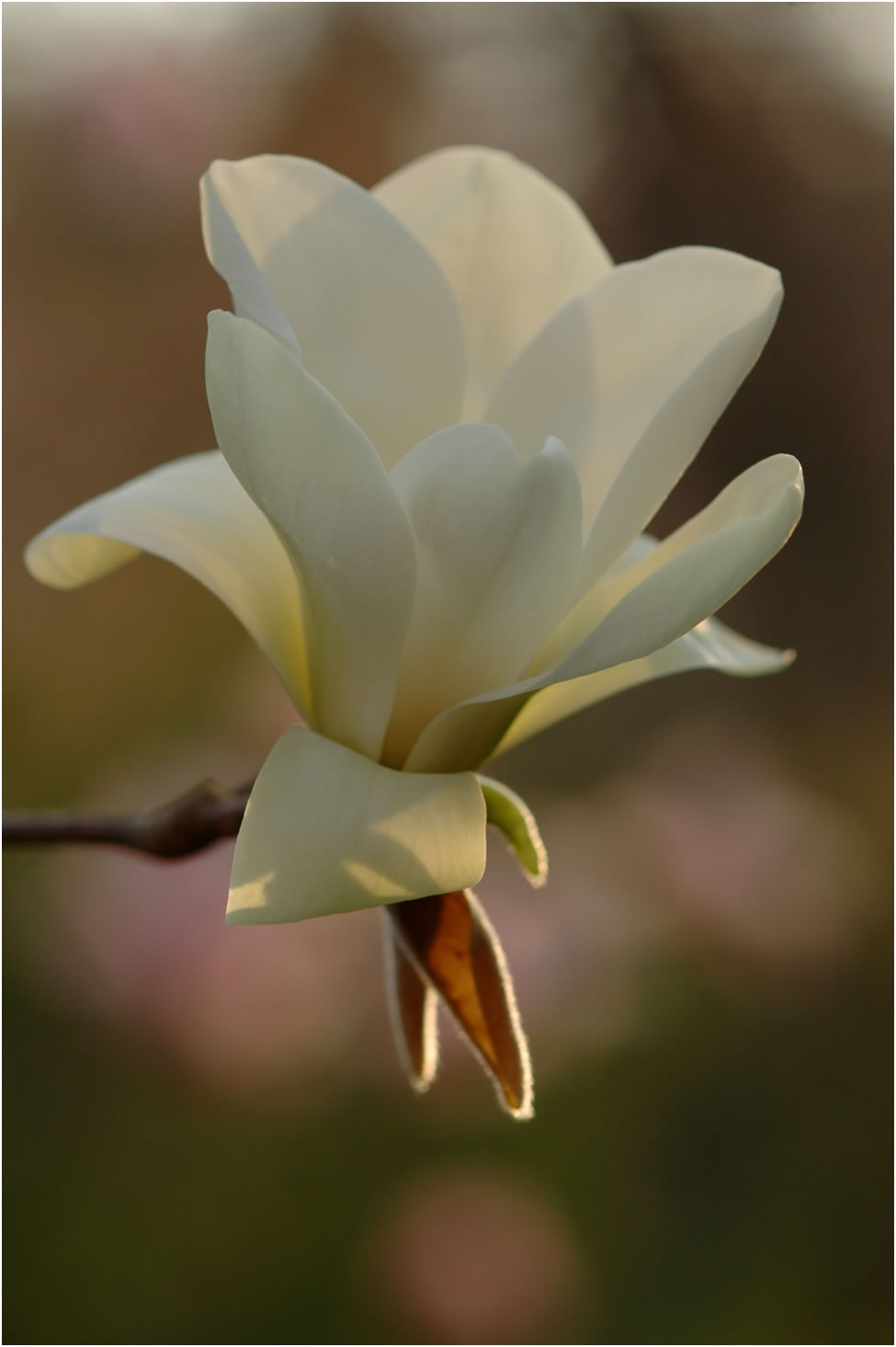
Magnolia ‘Ivory Chalice’ in the late afternoon sun
We have seen the beauty of the hybrid magnolias above, yet none of these has been named as yet by Mother. The name She gave to the magnolia is for the majestic Magnolia grandiflora with its immense pristine white flowers often twelve inches (30 cm) and more across. Below is the significance given by Mother and Mother’s commentary in Her hand
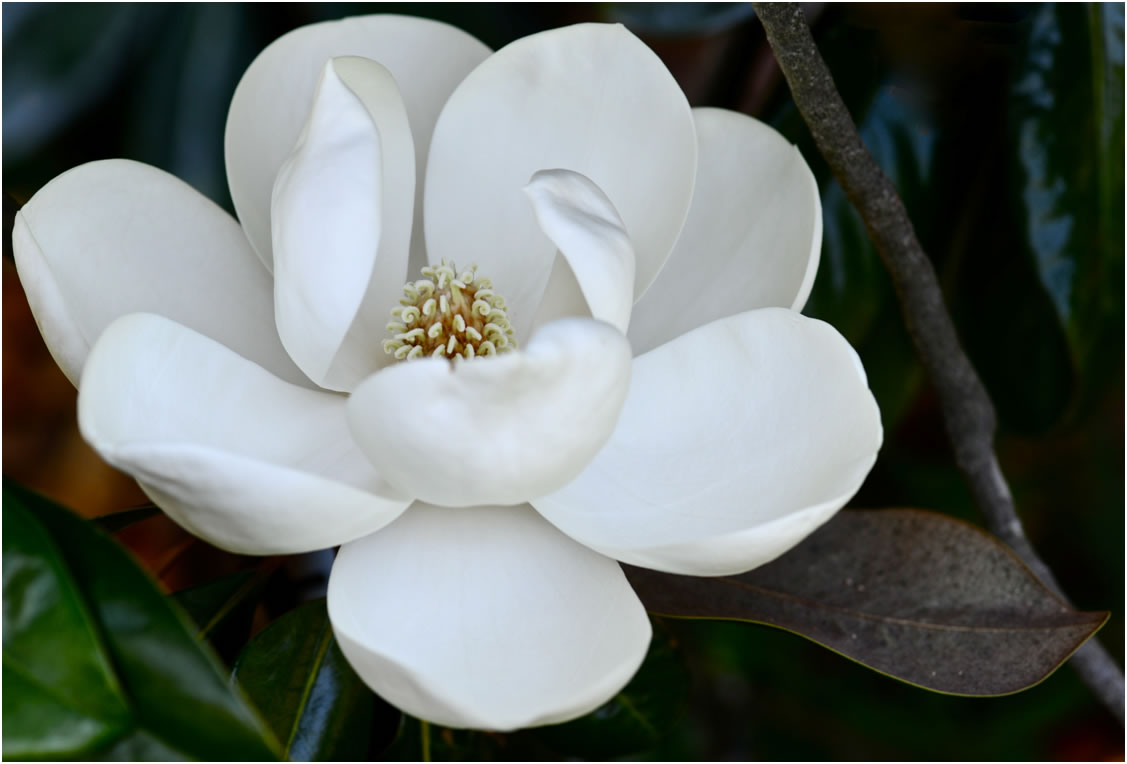
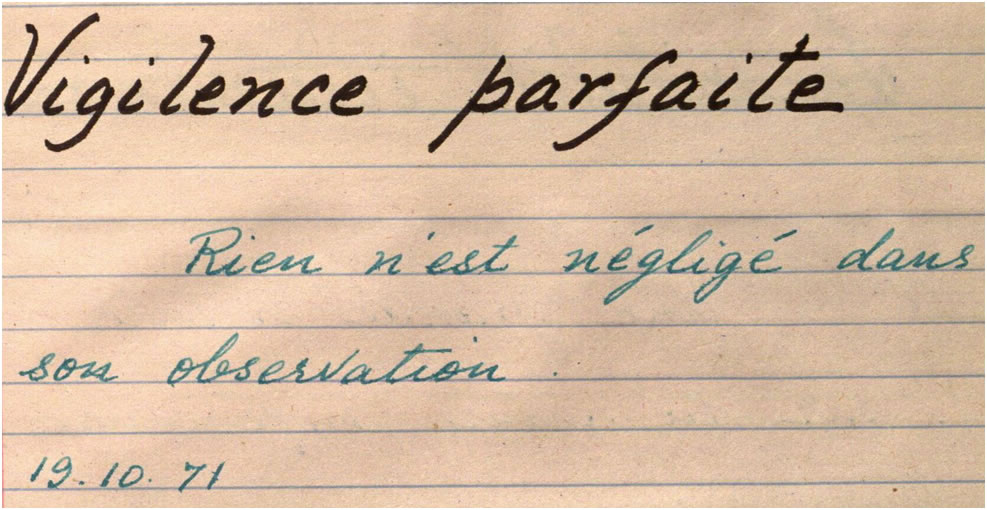
Its observation neglects nothing
Magnolia grandiflora has been hybridized over the years and is now available in dwarf and semi-dwarf forms The flowers are correspondingly smaller, but still at least six inches (15 cm) across. I have seen Magnolia grandiflora attain heights of 100 feet (30+ m.) in Mississippi.
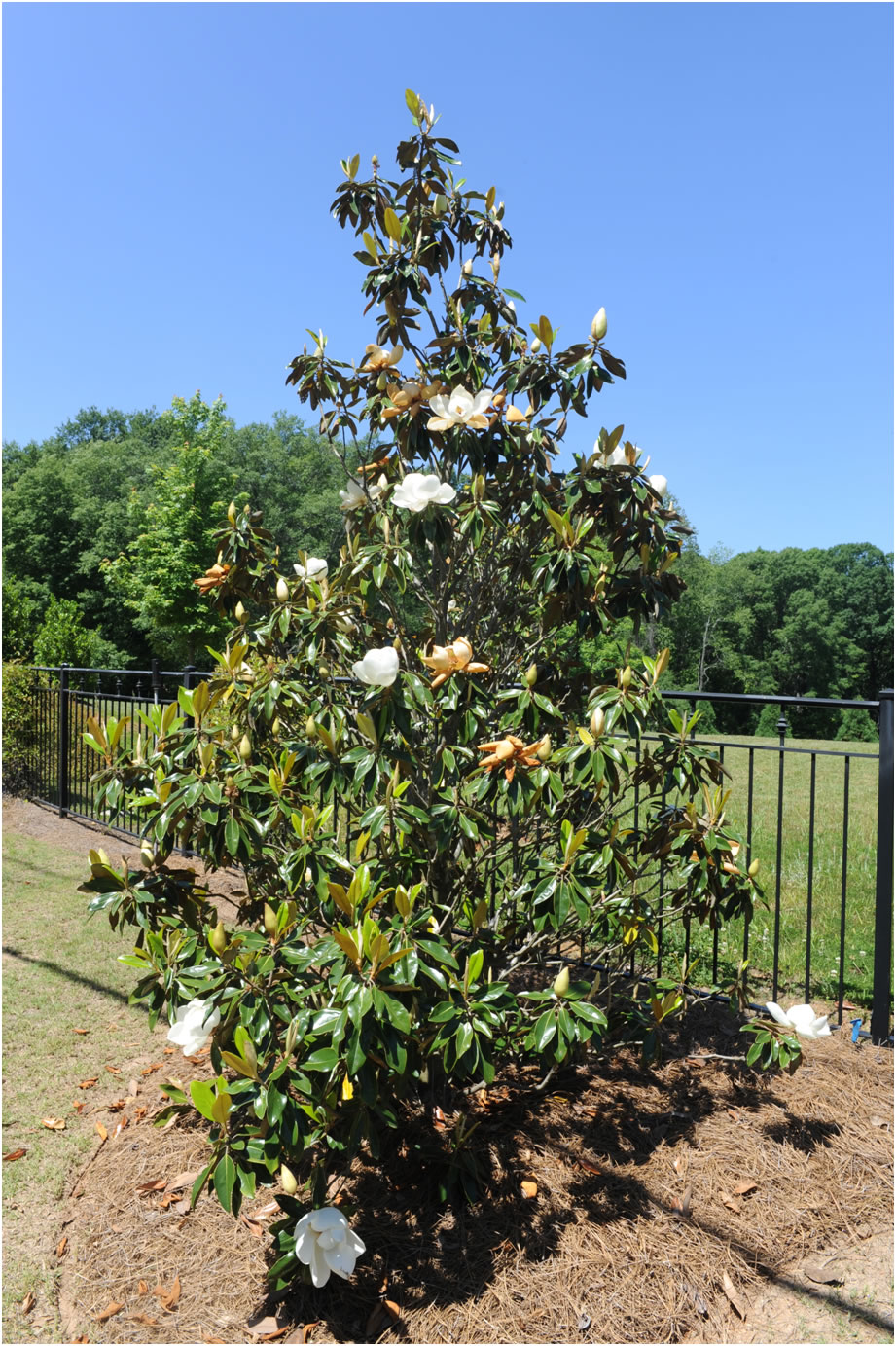
A lovely dwarf form about eight feet (2m40) in height

A semi-dwarf form
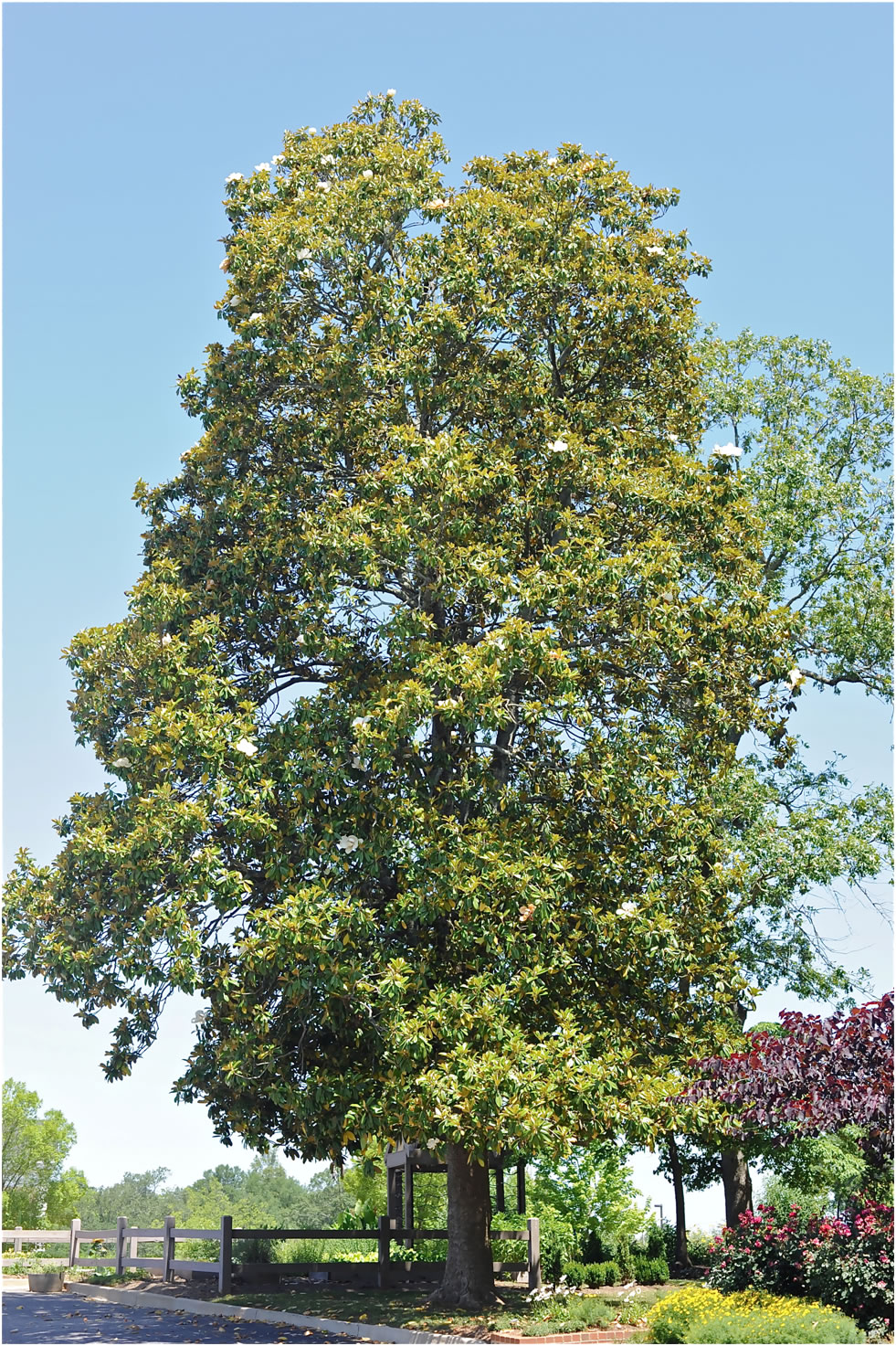
A young magnolia grandiflora more than 50 feet (15 m.) tall.

A flower from one of the large magnolias approximately 15” (45 cm) across!